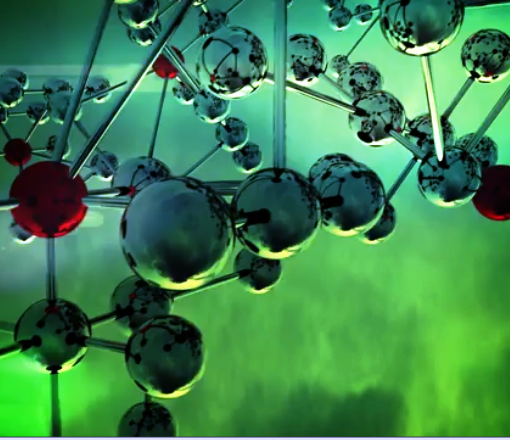![]() Glutathione
Glutathione
Rating : 9.5
Pros:
Antioxidant (1)Glutathione from a biochemical point of view, is defined as a false tripeptide, because despite being composed of three amino acids (cysteine, glycine and glutamic acid), there is a canonical peptide bond and an abnormal peptide bond. Glutathione owes its antioxidant properties, again to the SH group of cysteine it contains. From a quanti... (Read the full Tiiip)
9 pts from Al222
| Evaluate | Where is this found? |
| "Descrizione" about Glutathione Review Consensus 9 by Al222 (20718 pt) | 2021-May-18 10:46 |
Glutathione from a biochemical point of view, is defined as a false tripeptide, because despite being composed of three amino acids (cysteine, glycine and glutamic acid), there is a canonical peptide ...
| Read the full Tiiip | (Send your comment) |
Read other Tiiips about this object in __Italiano (1)
Component type: Natural Main substances: Last update: 2021-05-18 10:41:51 | Chemical Risk: |


